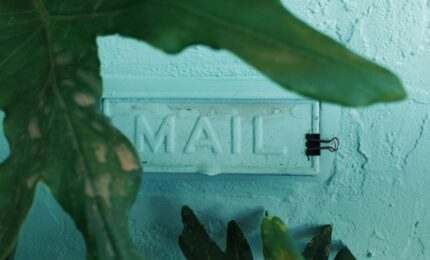6 Best Practices for Direct Mail Postcard Design
By Paul Bobnak | November 17, 2017

The postcard is the most basic format marketers have in their arsenal when reaching customers and prospects. But don’t let that simplicity fool you into not giving it the attention it deserves. As part of your battle against rising production and postage costs, you still have to get it right.
You may have accurate data, smart strategy, and a good offer. But if your postcard’s design doesn’t work well with your copy, you’re likely wasting money.
Think hard about your creative. What will it look like? How will it get your audience’s attention? And how will it get them to respond?
Here are some tips for getting the most from the real estate that you have to work with on your direct mail postcard:
1. Keep It Simple
Don’t try to make your postcard do too many things by including lots of copy or images. You want your customer to quickly understand what it is you want them to do, how they’ll benefit from it, and how to proceed. So limit your selling to one or a few products or services … and that’s it. And leave the heavy lifting of explaining something complex to your website, or another type of direct mail package.
2. Get the Front & Back To Work Together
People sort their mail in different ways. But make sure that both sides of your postcard support each other. If you put your attention-getting offer on the front (and keep it uncluttered – see above), use the address side to list a few benefits.
You probably know Bed Bath & Beyond’s postcard mailer. It’s a longtime control for a reason – several of them actually. The front is dominated with big type announcing the “20% OFF” discount, and it directs the recipient to flip the card over. The back is the coupon, which, and the customer is directed to redeem it in-store or online. The offer expiration date and product exclusions are all minimized, keeping the customer focused on that discount.
3. Go Big
Under USPS regulations, a postcard has very specific dimensional and thickness requirements to mail at the postcard rate. But even in today’s less-crowded mailboxes, a larger size, like 11”x6”, really stands out. That extra space also lets your offer, your call-to-action, and other elements shine.
Bonus:
If you need a refresh on your direct mail planning, head over to simple but powerful direct mail planning starters.
4. Use a Great Picture
Again, simplicity rules. You want your picture to be visually interesting, maybe even captivating, as well as easy to understand. The right artwork – whether it’s a professional-quality photograph or an illustration – should boost your message. A clear high-resolution image, printed on higher quality paper stock, increases your brand’s selling power.
5. Make It Personal
You can use your list data to smartly target your prospects based on geography, gender, age group, income range, or other factors. With Variable Data Printing (VDP), take your direct mail to a higher level by leveraging that information on your postcard. Instead of a generic postcard, they get a mail piece with images, offers, and calls-to-action that are likely to be much more relevant to them personally. The cost may be higher, but it’s more than made up for by higher response.
For example, Patient First, a national chain of urgent care centers, often mails postcards with a map showing an exact route from the recipient’s house to its nearest location.
6. Make a Strong Call-To-Action
Postcards, unlike letters in direct mail, shouldn’t be subtle. They can’t afford to be. So break out the big type – a bold font – an arrow – a burst – to call attention to the action you want your prospect to take. Whether it’s a phone number, a website, or a physical address, don’t make your customer scan through your copy, to take their next step. And personalization, with a PURL, QR code, or customized map, really tells them that you have their specific interests, and a solution, to offer.
Check out more on art & design, here!


